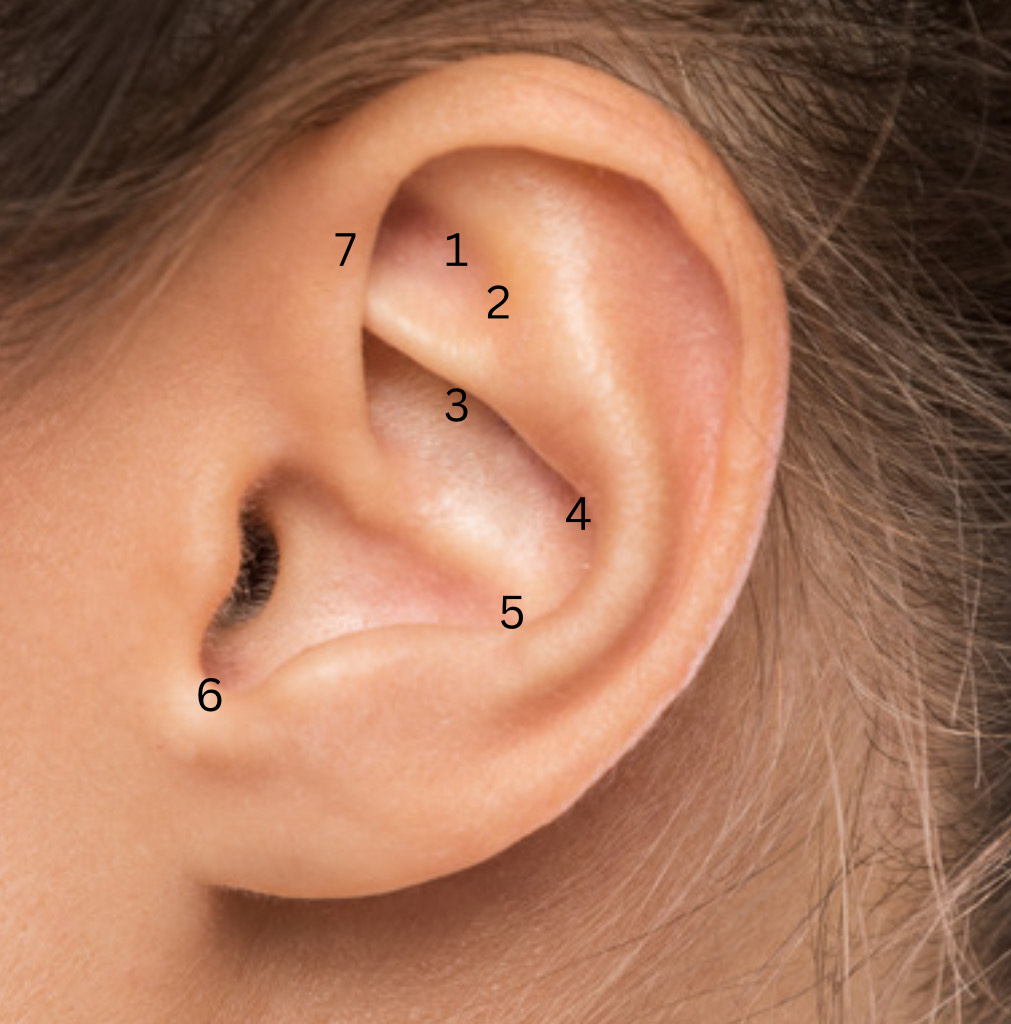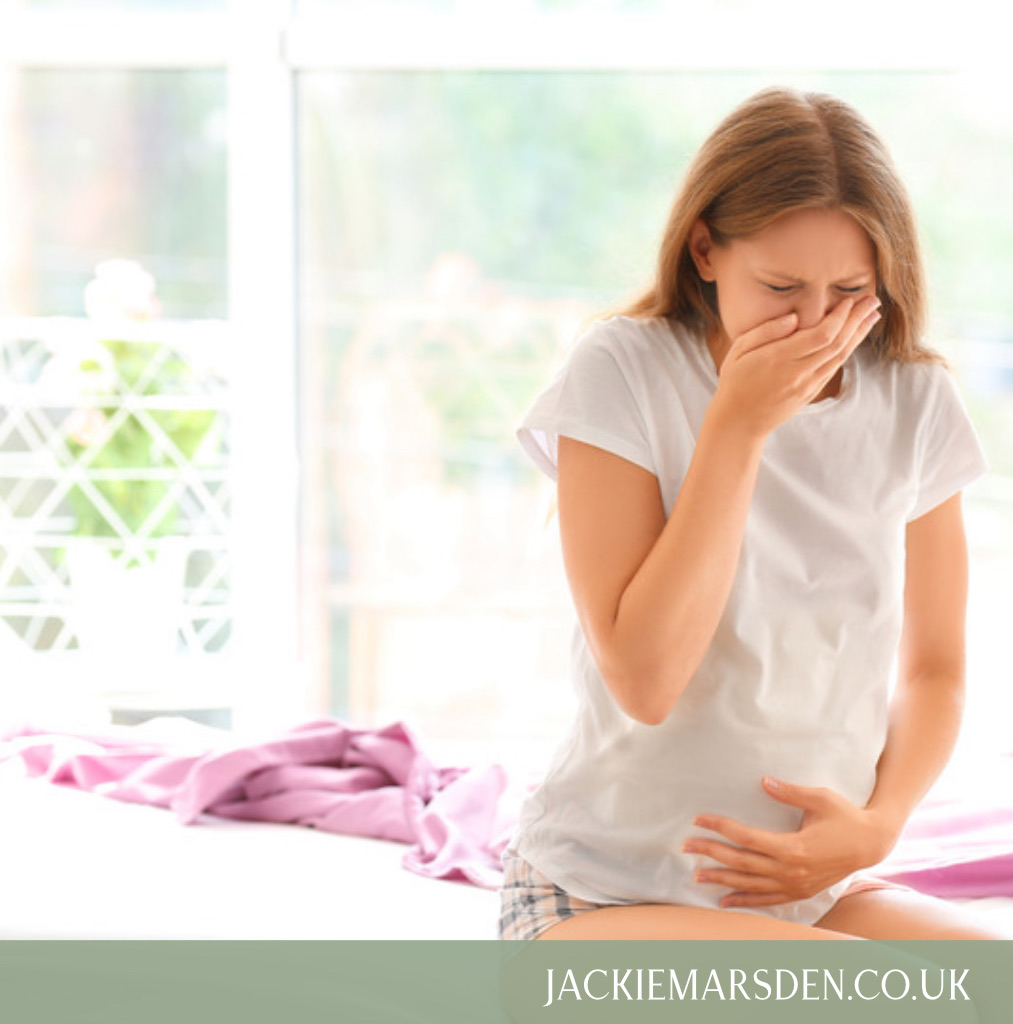Ear seeding and ear acupuncture (or auricular therapy) is growing in popularity, but this is an ancient concept with its roots as far back as ancient Egypt, Greece and Persia. Ear acupuncture is an adjunctive technique which is useful in clinic to support fertility clients.
This post will go over some key ear acupuncture points I regularly use to support my fertility clients in addition to their body acupuncture prescriptions. I use ear acupuncture to reinforce the main treatment I give on the body. Other practitioners may use it as a stand alone treatment, and this is also appropriate.
Zigong (1)
In Chinese Medicine Zigong also means Uterus, or “Palace of the Child”. This point is found just on the edge of the small crater-like structure in the top of the ear called the triangula fossa.
ShenMen (2)
ShenMen means “Spirit Gate” and is useful to promote a sense of calm. Particularly useful when stress is prominent. This point is similar to the body point Heart 7: in Chinese Medicine the Heart houses the Mind, and also governs Blood. So you can see why this point is particularly useful in fertility support.
Kidney (3), Liver (4), Spleen (5)
These points help reinforce the main treatment protocol. In Chinese Medicine, the Kidneys are known as the “Root of Life”, storing Essence and governing birth, growth, reproduction and development; the Liver stores Blood and promotes the smooth flow of Qi; the Spleen governs transformation and transportation (e.g. digestion) and controls Blood.
Endocrine (6)
The Endocrine point is used with the intention of regulating the endocrine system. So useful for balancing hormones. It is found at the meeting point of the ear folds.
Sympathetic Nerve (7)
The Sympathetic Nerve point is used to help regulate the sympathetic nervous system which is part of the autonomous nervous system and prepares the body for “fight or flight”. It is the body’s stress response; the body’s way of keeping us safe and away from danger. This point, therefore, is useful to help combat stress and to promote sense of calm. It is also useful where immune system modulation might be needed, and in the presence of inflammation. The sympathetic and parasympathetic branches of the autonomous nervous system work in a “see-saw” way, and its about getting that balance right to promote overall health and to boost chances of conception and ongoing pregnancy.

If you are trying to conceive, or preparing for IVF, feel lost or unsupported, please get in touch. If you are wanting private blood tests please contact The Diabetes Lady, Maureen Chadwick on 07706 353127.


